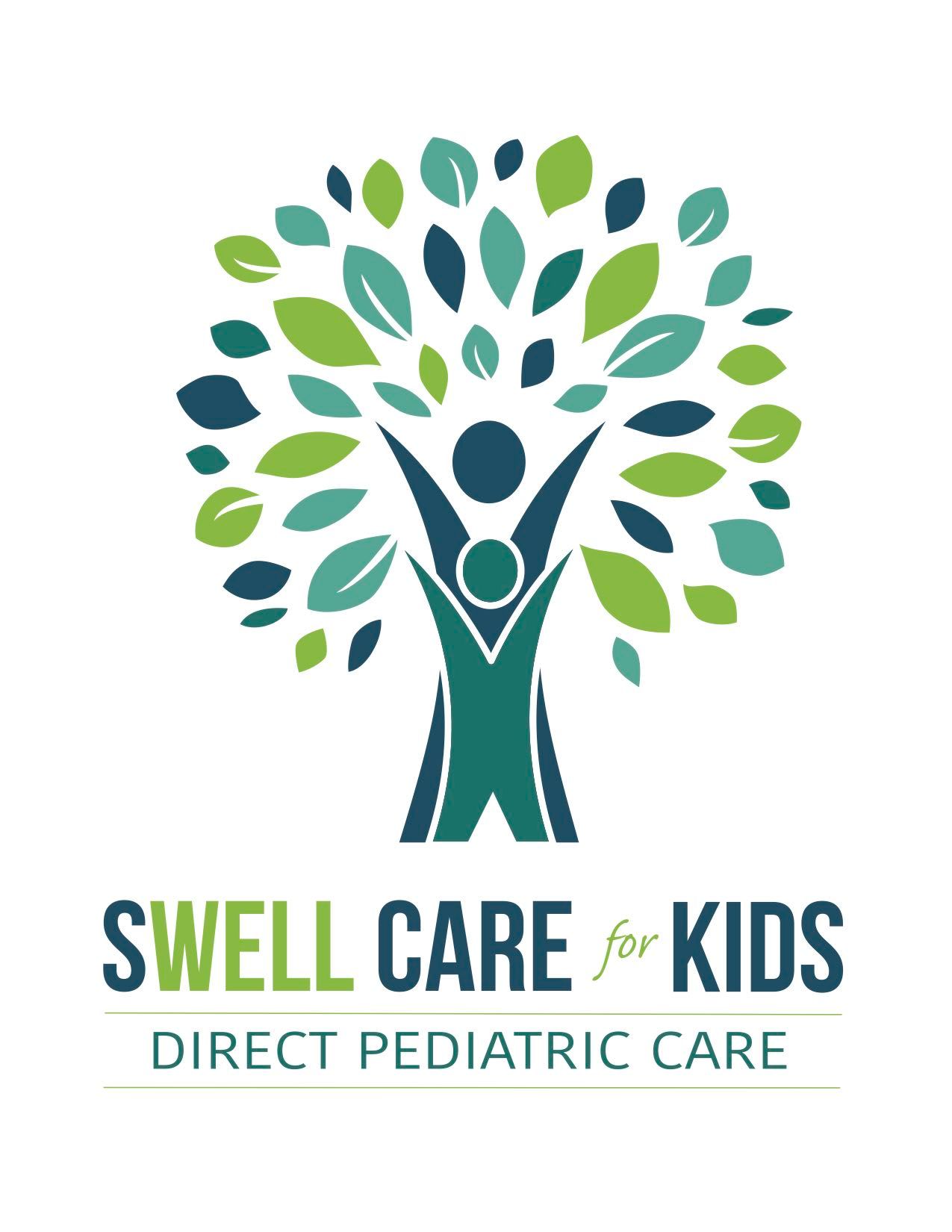Contact Us
We will get back to you as soon as possible
Please try again later

Contact Us
We will get back to you as soon as possible
Please try again later
Safe and Sound - In the Car
Many children are not properly restrained in the car (I see it every day!)
How can you keep your child safe and sound in the car?
Know the Law - but also know its limitations
Florida law states that
- Infants and toddlers from birth through age three must be in a separate carrier device or a manufacturer’s integrated child seat.
- Children four years old through five years old to be in a separate carrier device, an integrated child’s seat, or a child’s booster seat.
- Children 6 years old and older the option of continuing to use a booster seat or begin using a regular seat belt.
Know the Law of Physics
Unfortunately, the law as written in Florida leaves a lot to be desired, and focusing on science and data is more helpful. What will actually protect your most valuable asset if you are in an accident?
Newborns and infants should be rear-facing in the backseat until they are at least age 2 years old but as long as possible as per the seat's manufacturer instructions.
Toddlers and young children should remain in a 5 point harness system seat until they outgrow the seat as per the seat's manufacturer instructions. I highly recommend this as long as possible, and for some children up to 7-8 years old can remain in the carseat. They often will outgrow the height parameter before the weight.
Children 6 years and older are not required by law to use a booster seat, but most experts agree that children should be using booster seats until they are 4'9" or taller. Some will say at least 8 years and 80 pounds but height should be considered.
In reality, most children will need a booster seat to be the safest in the car until they are 10-12 years old and reach that height.
Children should not ride in the front seat until they are at least 13 years old, and some teens that are more petite will still be safer in the back (sorry, late bloomers!).
I strongly recommend following the AAP and National Highway Traffic Safety Association guidelines, which are more strict but therefore more protective. The NHTSA also includes information on recalls, ratings, and installation guides.
https://www.healthychildren.org/English/safety-prevention/on-the-go/Pages/Car-Safety-Seats-Information-for-Families.aspx
https://www.nhtsa.gov/vehicle-safety/car-seats-and-booster-seats
The Car Seat Lady is also an excellent resource and includes shopping guides
https://thecarseatlady.com
Car Seats for the Littles has reviews as well
https://csftl.org/
Install the seat properly
The resources above have excellent information for car seat installation, but it can be a daunting task. You can also take the child restraint device to a dedicated installation site:
https://www.floridaoprc.ce.ufl.edu/oprc/Fitting_Stations.asp
Make sure the Straps are Secure
Did you know that 90% of parents do not place the straps on the child or infant properly? I was one of them! Despite all of my education and training, the actual placement and tightening of the straps with a newborn did not come easily to me. Thankfully, I had people to help me!
*When kids ask why are my friends __________ (out of the carseat, riding without a booster, sitting in the front seat, etc.)?
My go-to response for my kids: Not all families know the most up-to-date recommendations on how to keep
kids safe in the car. I love you too much to let you ride in an unsafe way.
If you have a better, idea, please share it!
Final Thoughts
Most importantly, please do not attach anything to the seat that did not come in the box for the car seat. All additions - which are plentiful - can interfere with the safety of the seat.
Please note that the guidelines and recommendations can change at any time - follow the NHTSA and the AAP for the most up-do-date guidelines!

